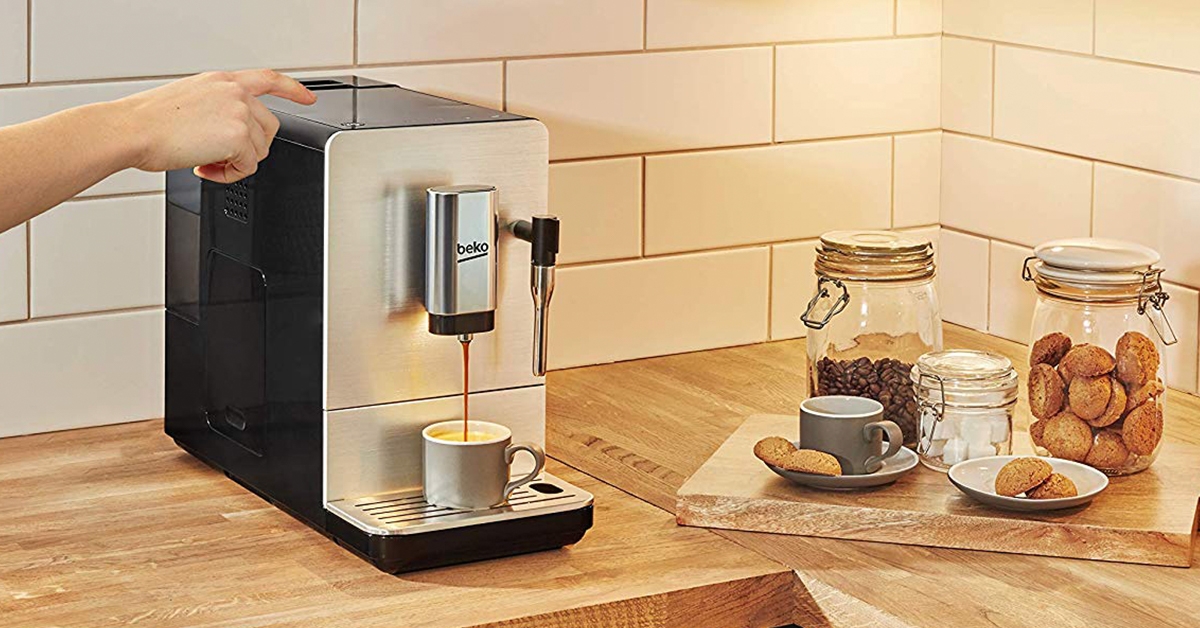Coffee. The elixir of life. Our morning saviour. It’s the one thing we can’t start our day without. However, relying on a barista to provide you with your daily caffeine dose can be an expensive and time-consuming habit. Forget the long lines and price tags of café-brewed coffee – this article will provide you with our 5 tips on how to make coffee at home.
Choose the right coffee beans
A cup of coffee is only as good as the beans it starts with. It’s important to carefully consider what flavours you want in your coffee and what beans will work to best achieve this. The degree to which coffee beans are roasted will not only determine the taste of the coffee, it will also affect the caffeine level of your coffee. For example, darker roasts contain less caffeine and are more bitter in taste. Although medium roast coffee beans are a popular choice for many coffee connoisseurs, taste and aroma is different for everyone. We recommend shopping around and trying different beans if you’re unsure about what exactly you like.
Store your beans correctly
Fresh coffee beans always produce the best coffee. Once you’ve found your perfect coffee beans, they need to be stored correctly to maintain freshness and flavour. Store them in an opaque, airtight container in a cool, dark place like the pantry or kitchen cupboard. While many people choose to store their coffee beans in the freezer, this can cause moisture build-up inside the package and the quality of the beans can deteriorate. You should also regularly check the roast date of your coffee beans and always try to use them within three weeks of purchase, their taste and aroma will begin to fade after this period.
Check your water
Very few people realise that water quality can affect not only the taste of your coffee, but the coffee machine as well. Hard water full of minerals may lead to under-extracted, weak coffee, and contribute to build-ups and lime deposits in the machine. Lightly filtered water is the best choice for strong, flavourful coffee, and will help keep your machine pristine for longer.
Get the perfect amount of froth
Whether you’re a cappuccino, latte or flat white drinker, how your milk is steamed will drastically change the taste and texture of your coffee. When using a steam wand, such as the one on our Beko Bean to Cup Espresso Machine, it’s important to practice your milk frothing to ensure you’re making the perfect cup of coffee every time. To create a lot of froth for a cappuccino, keep the tip of the steam wand just below the surface of the milk – this will allow more air to flow into it, resulting in large bubbles and floating froth. If you prefer silky steamed milk with minimal froth for a flat white or latte, keep the steam wand fully submerged in the milk near the side of the pitcher, and allow the milk to be evenly heated throughout. Always use cold fresh milk and practice your technique to determine which steaming style suits your tastebuds best.
Clean and maintain your equipment
Like any other kitchen appliance, your coffee machine needs to be cleaned regularly to keep it working at its best (and keep your coffee tasting delicious). Make sure to follow the manufacturers recommendation or user manual regarding how often to de-scale your machine. Removable parts should be washed in hot soapy water after every use, and the exterior of the machine should be wiped down with disinfectant to remove any germs or bacteria. Pay special attention to the steam wand, which should be wiped down and rinsed using the hot water function after each use. Over time, minerals and calcium may build up inside the machine, it is important to de-calcify your machine using vinegar or de-scaler once a month. Finally, pay attention to the water reservoir of the machine and top it up when necessary to keep the machine in tip-top shape.




